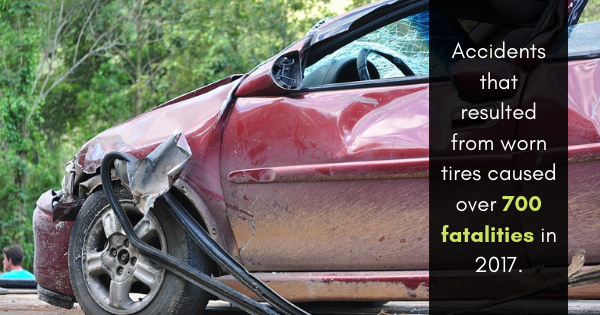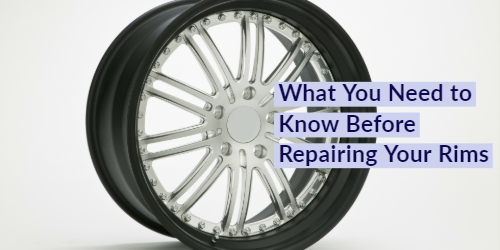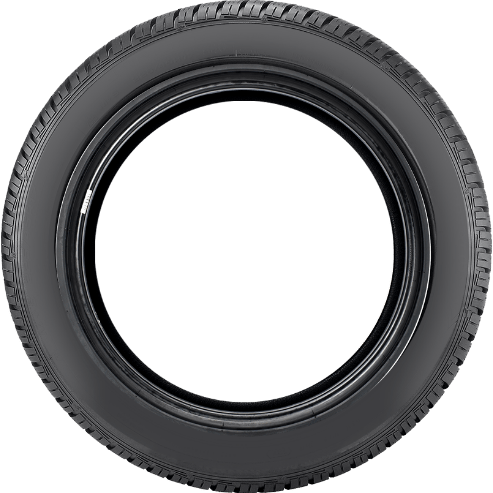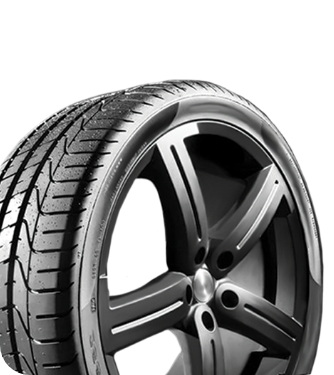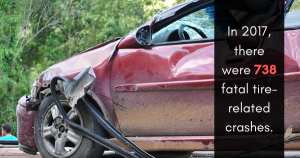

A Guide to Choosing Wheels for Classic Cars
Wheels |Choosing the right wheels for your classic car can significantly impact the vehicle’s overall performance and aesthetic appeal. Whether you’re restoring a 1967 Mustang or customizing a vintage Porsche, this guide will help you navigate the essential factors that separate show-stopping classics from disappointing builds.
Review various wheel sizes, materials, and performance characteristics to see what type will work best for your classic vehicle. You’ll discover how to balance period-correct aesthetics with modern safety standards, ensuring your classic car delivers visual impact and reliable performance for years to come.
Understand Classic Wheel Fundamentals
Engineers designed classic cars for specific wheel dimensions and load ratings that differ from today’s standards. Most of these vintage wheels had smaller diameters, which corresponded to the larger tire sidewalls that were common at the time.
These original specifications weren’t arbitrary—engineers designed suspension geometry, brake clearance, and speedometer calibration around these wheel sizes. Deviating too far from original specifications can cause handling problems, clearance issues, and inaccurate instrumentation.
Steel was a common material choice for classic car production due to its affordable manufacturing cost and durability. Then, chrome-plated steel wheels became a popular upgrade, offering an enhanced appearance while maintaining structural integrity. Understanding these historical contexts helps you appreciate why certain wheel choices complement classic car aesthetics better than others.
Authenticity vs. Performance Considerations
Every car enthusiast must consider whether they prefer authenticity or performance enhancements. Original wheels maintain historical accuracy and often increase the car’s value among collectors. However, these tires lack modern safety features and performance characteristics.
Reproduction wheels are a good compromise between the two, combining original appearance with improved manufacturing techniques. High-quality reproductions utilize modern metallurgy and precision machining, while preserving authentic visual details. These wheels often exceed original specifications for strength and durability.
Performance-oriented builds may justify departing from original wheel styles entirely. Upgrading to larger-diameter wheels enables the use of modern tire technology, improved braking systems, and enhanced handling characteristics. Consider your primary use case: concours judging favors authenticity, while spirited driving benefits from performance upgrades.

Essential Wheel Sizing Guidelines
Proper wheel fit requires understanding multiple measurements beyond diameter. Bolt pattern, offset, backspacing, and center bore all affect how wheels mount and position relative to your car’s suspension and bodywork.
Bolt pattern represents the number of mounting bolts and their circular spacing. Common classic car patterns include 4×4.5″, 5×4.5″, and 5×4.75″. Attempting to fit incorrect bolt patterns creates safety hazards and mounting difficulties.
Offset and backspacing determine wheel positioning relative to the hub mounting surface. An incorrect offset can cause tire rubbing, altered suspension geometry, and steering problems. Measure your original wheels carefully, or consult restoration specialists for proper specifications.
Center bore must match your car’s hub diameter to ensure proper centering and vibration-free operation. Wheels with oversized center bores require hub-centric rings for adequate fitment. Never compromise on these critical measurements for aesthetic preferences.
Material Selection: Steel vs. Alloy Options
Steel wheels are popular options for classic cars, and they dominate the restoration industry. They are durable and authentic choices that offer the added benefit of being affordable for most classic car owners. Modern steel wheels benefit from improved manufacturing processes and enhanced corrosion resistance compared to those of original equipment.
Chrome-plated steel wheels require careful maintenance but deliver stunning visual appeal. Quality chrome plating resists corrosion and maintains its mirror finish with proper care. However, damaged chrome is expensive to repair and may compromise wheel integrity.
Aluminum alloy wheels became popular options in the late 1960s and 1970s, offering weight savings and distinctive styling. Modern aluminum alloys provide excellent strength-to-weight ratios and corrosion resistance. Many manufacturers offer period-inspired designs that capture classic aesthetics while incorporating contemporary engineering. These wheels often deliver superior performance characteristics compared to original equipment.

Tire Compatibility and Sizing
Each wheel option will impact your tire choice and affect the ride quality, performance, and authenticity of the vehicle. Original classic cars used bias-ply tires with tall sidewalls, which provided a cushioned ride but limited handling precision.
Modern radial tires offer superior performance and a longer lifespan than bias-ply designs. However, they require careful sizing to maintain proper overall diameter and speedometer accuracy. Changing the wheel diameter necessitates corresponding adjustments to the tire sidewall.
Low-profile tires paired with larger wheels improve handling and appearance but may compromise ride comfort. Classic car suspensions weren’t designed for ultra-low-profile tires, which can potentially cause a harsh ride quality and increased road noise.
Consider when you will drive the car and what environment it will be in. Weekend cruising benefits from comfortable, period-appropriate tires that complement the car’s classic look. Autocross or track events often justify the use of lower-profile performance tires, despite potential compromises to authenticity.
Budget Planning and Quality Consideration
Classic cars are already expensive vehicles, but wheel costs can vary dramatically. The budget for them depends on authenticity requirements, material choices, and quality expectations. Reproduction steel wheels start around 100 to 200 dollars per unit, while authentic NOS (new old stock) options can command thousands for rare applications.
Quality reproduction wheels strike a balance between cost and authenticity. Custom builds provide ultimate personalization but require significant investment. Specialized manufacturers can recreate rare styles or develop unique designs that complement your restoration theme. Expect premium pricing for custom work and extended lead times.
Installation and Maintenance Best Practices
Professional installation is the best option to ensure that proper fittings are used and to identify any clearance issues before they cause problems for your car. Experienced installers understand classic cars and their unique characteristics, enabling them to recommend necessary modifications.
Regular maintenance preserves the wheel’s appearance and performance, allowing you peace of mind on the road. Different wheels require routine maintenance measures to prevent future issues. For example, steel needs rust prevention treatment, while chrome needs gentle cleaning techniques to avoid pitting or corrosion.
Seasonal storage considerations become particularly important for show cars or vehicles that are used infrequently. Proper storage prevents corrosion, flat-spotting, and other damage related to storage. Consider dedicated storage wheels if you aren’t driving your classic around for long periods.
Transform Your Classic With the Perfect Wheels
The right choice for your classic car’s wheels should strike a balance between authenticity and performance. Understanding the different requirements of the vehicle enables you to make an informed decision that will enhance your car.
Visit RNR Tire Express’ tire shop in McAllen to work with our reliable team to find the best tires for your vehicle. Regardless of whether you have a classic car or a brand-new one, we can find the right tires for you. Contact us today to learn more about our tire options.
